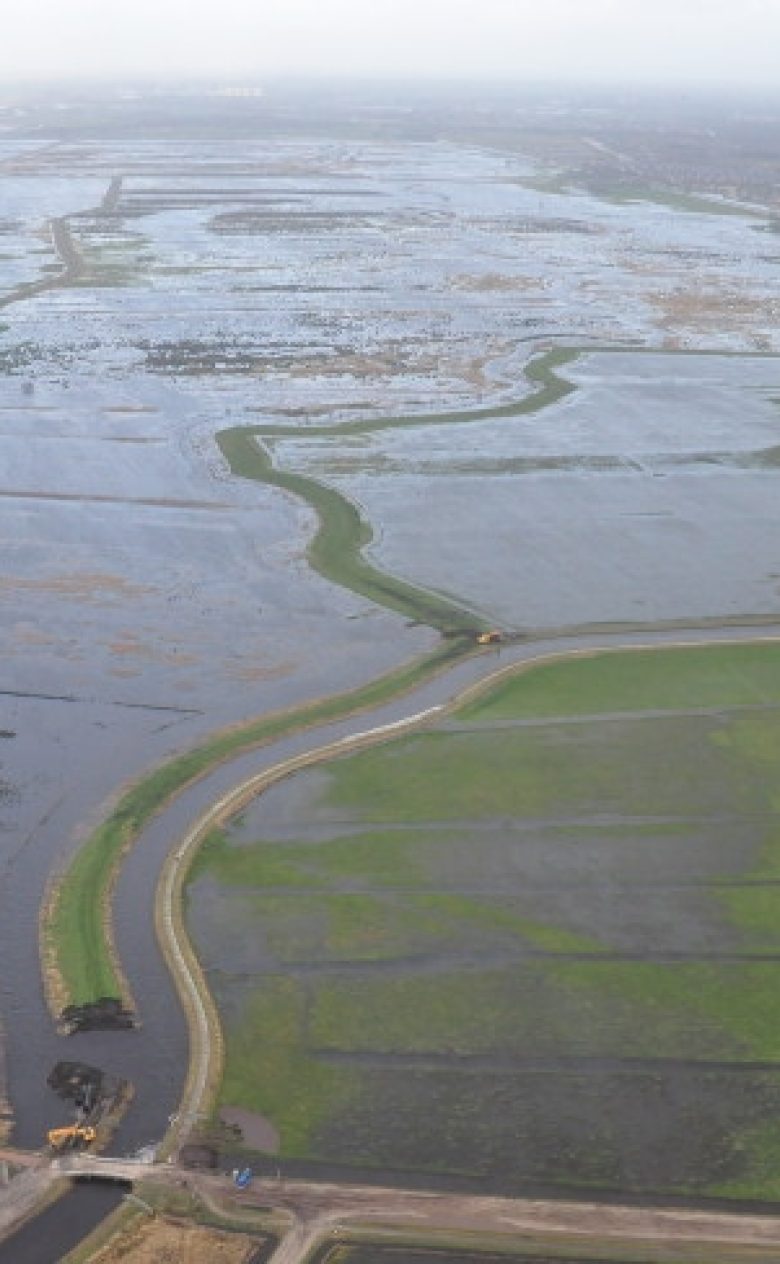Coincidence analysis for the Noorderzijlvest water authority
The conjunction of high outer water levels at sea with extreme rainfall (in other words, ‘coincidence’) can represent a problem for the drainage of polder and canal systems in the Dutch coastal area. Using models, Deltares has worked with the Royal Netherlands Meteorological Institute (KNMI) on the area managed by the Noorderzijlvest water authority to determine how often extreme rainfall and high outer water levels coincide.

Impact of coincidence
Deltares conducted a time series analysis on the basis of meteorological information supplied by the RACMO weather model (which simulates 800 years of weather in both the present and future climates). The results were used to examine the effects of coincidence and to see whether this phenomenon is adequately reflected in current standards. The calculations were conducted for the current climate and for the climate in about 2050, including the effects of sea-level rise.
Relationship between storm surge and rainfall studied
This study focused exclusively on the relationship between storm surge and rainfall. From an analysis of the individual events, it emerges that those weather systems can lead to critical conditions in which a powerful front arriving from the north-west results in extreme rainfall in combination with wind surge from the North Sea Basin. The rainfall and storm surge are not exceptional in themselves but, in combination, they do result in critical (‘normative’) conditions.
Results of coincidence in the Noorderzijlvest area
In the area managed by the Noorderzijlvest water authority, the effects of coincidence would appear to be less drastic than expected. The impact on water levels is tempered by the Lauwersmeer lake. Precisely when the water level rises above NAP, the lake has considerable storage capacity, and that has a strong mitigating effect on rising water levels. In other locations, the impact of coincidence in combination with sea-level rise could be much greater. Sea-level rise has a much stronger effect than coincidence.


